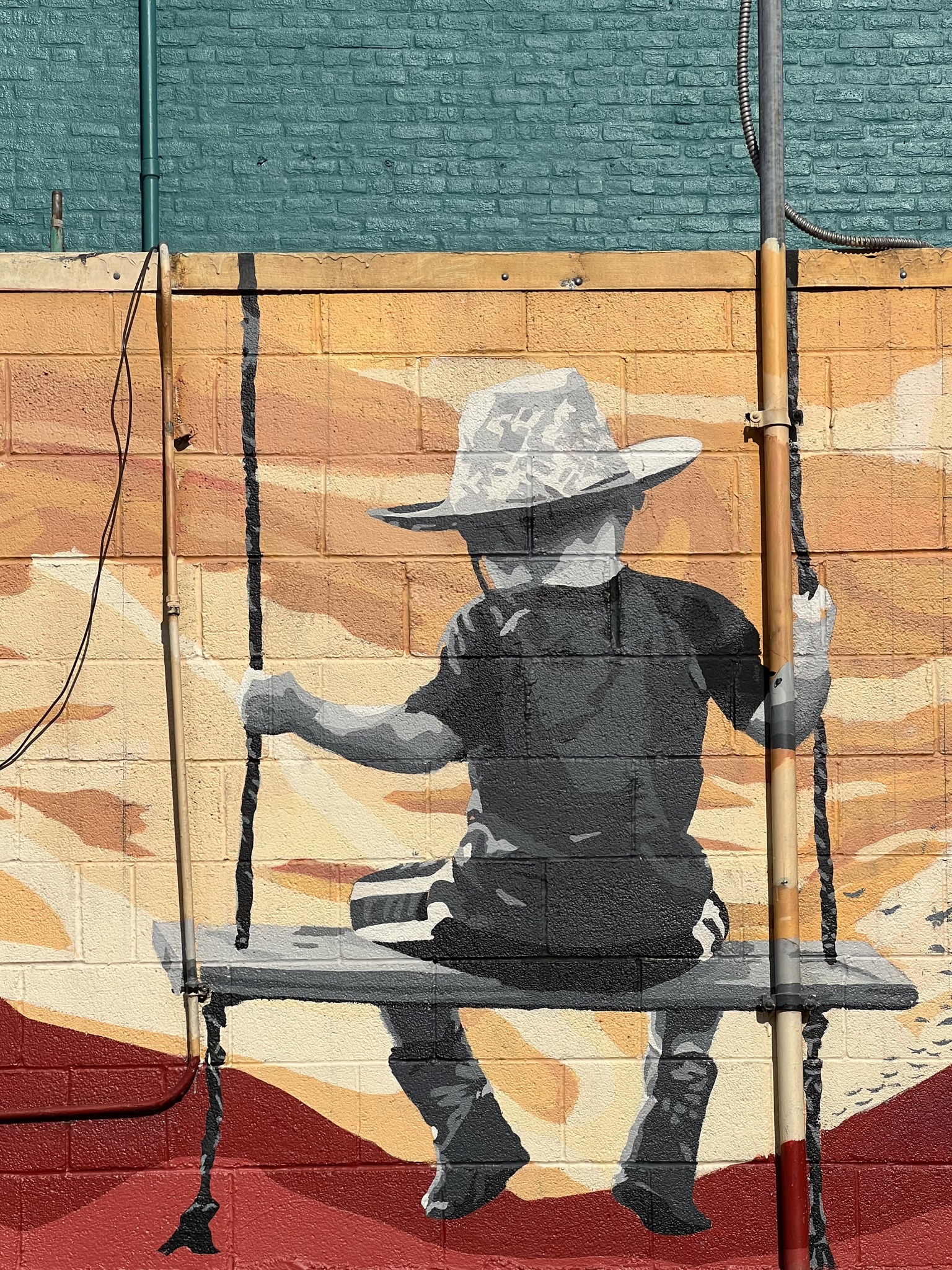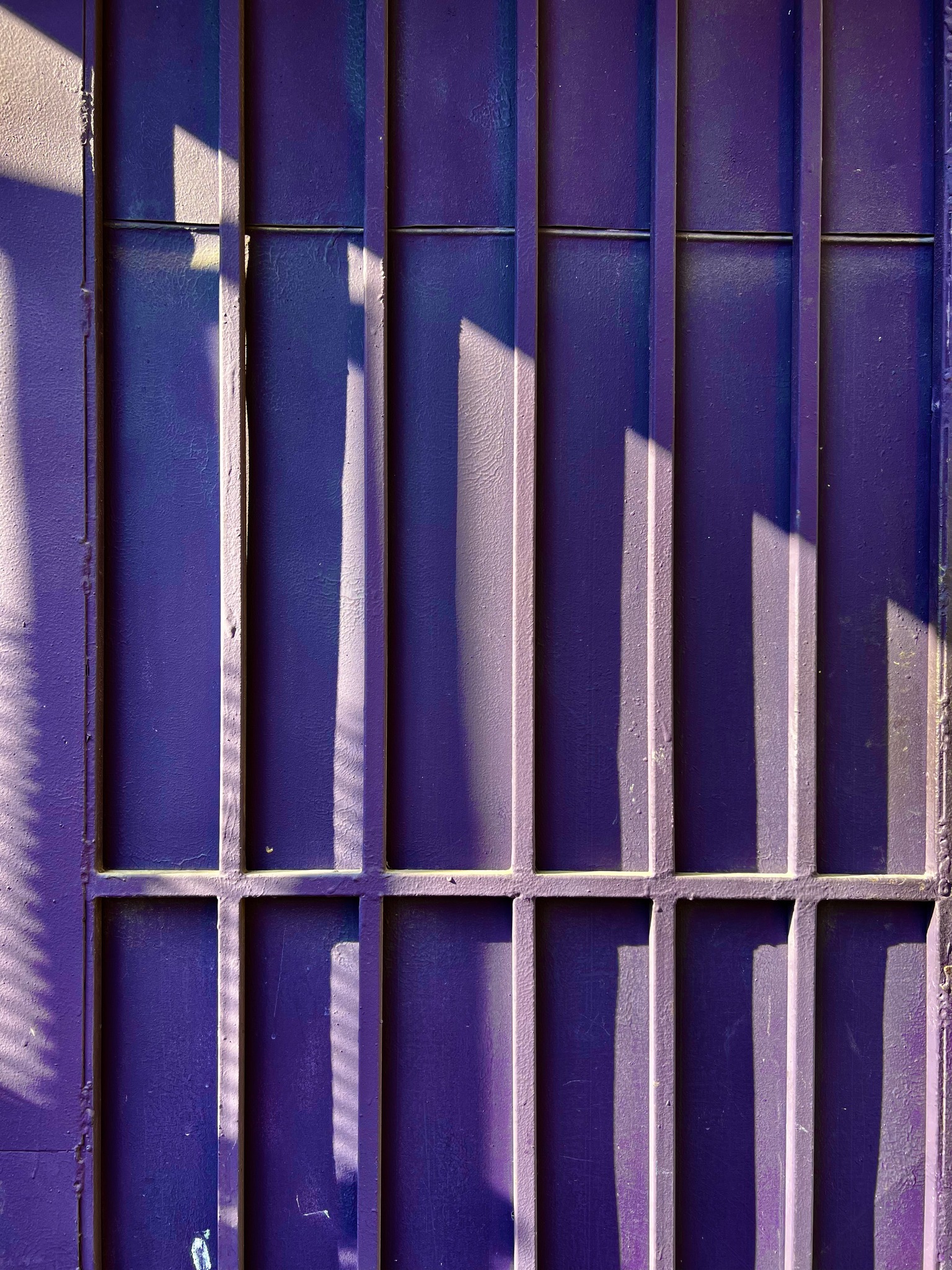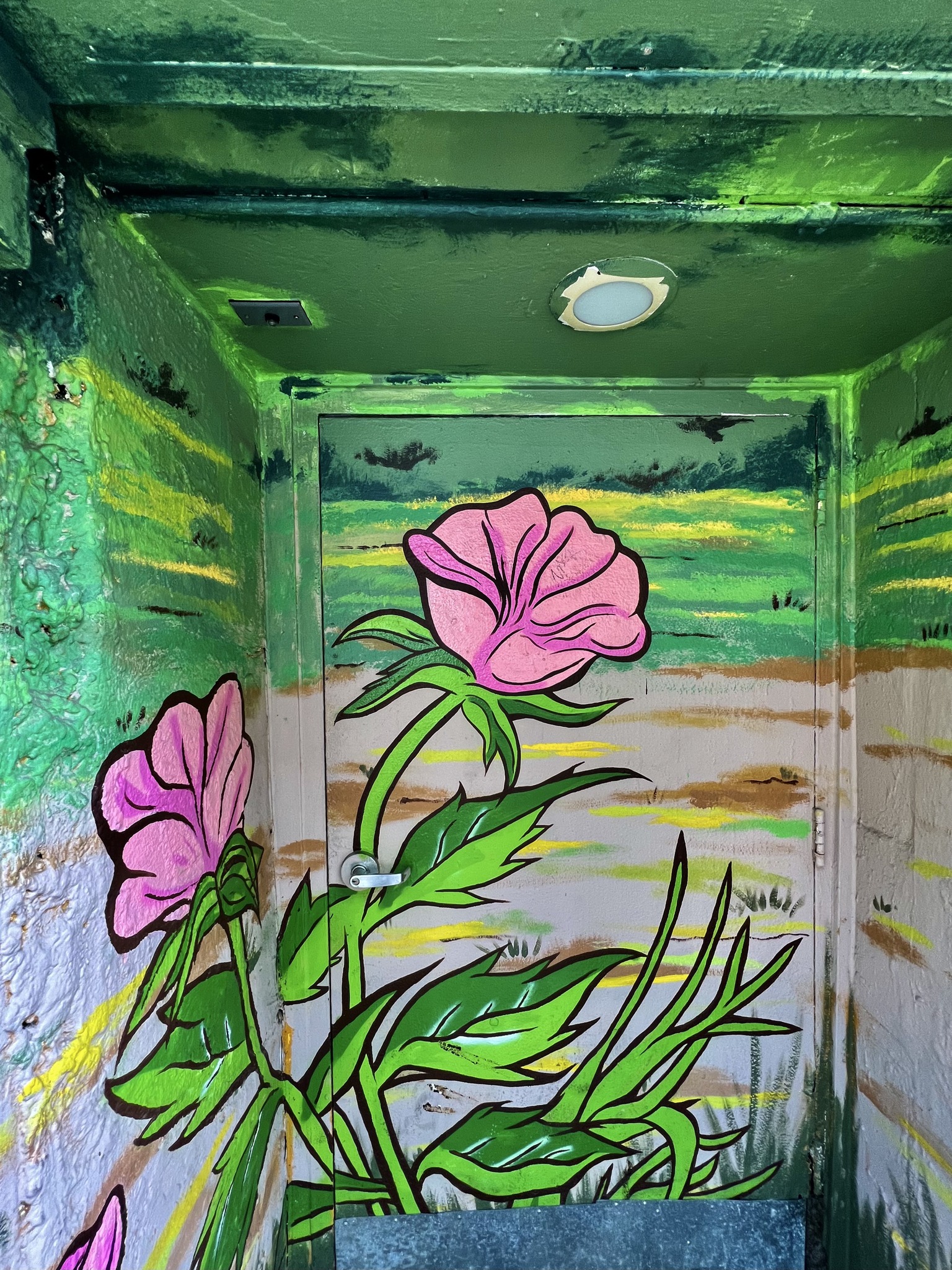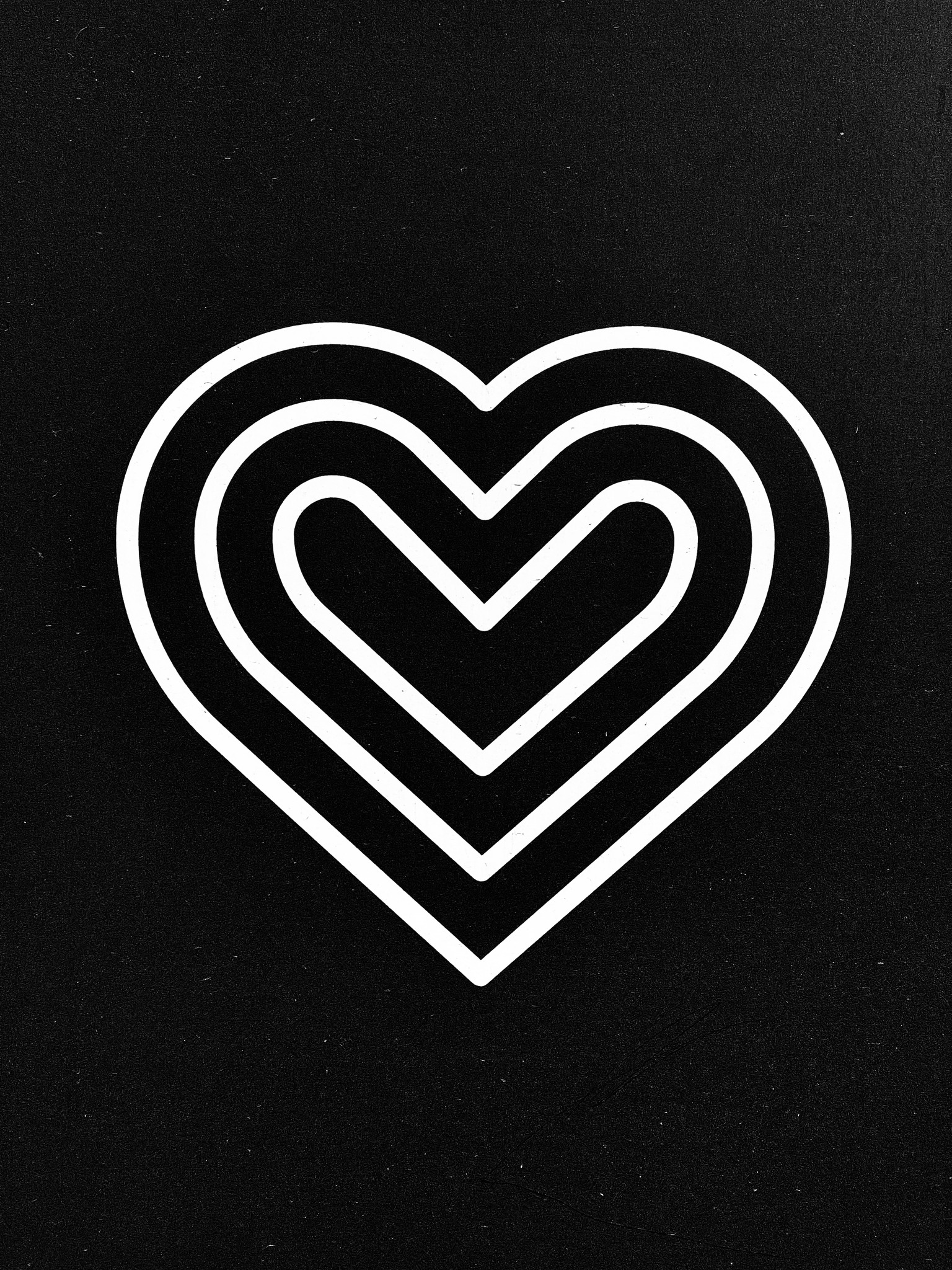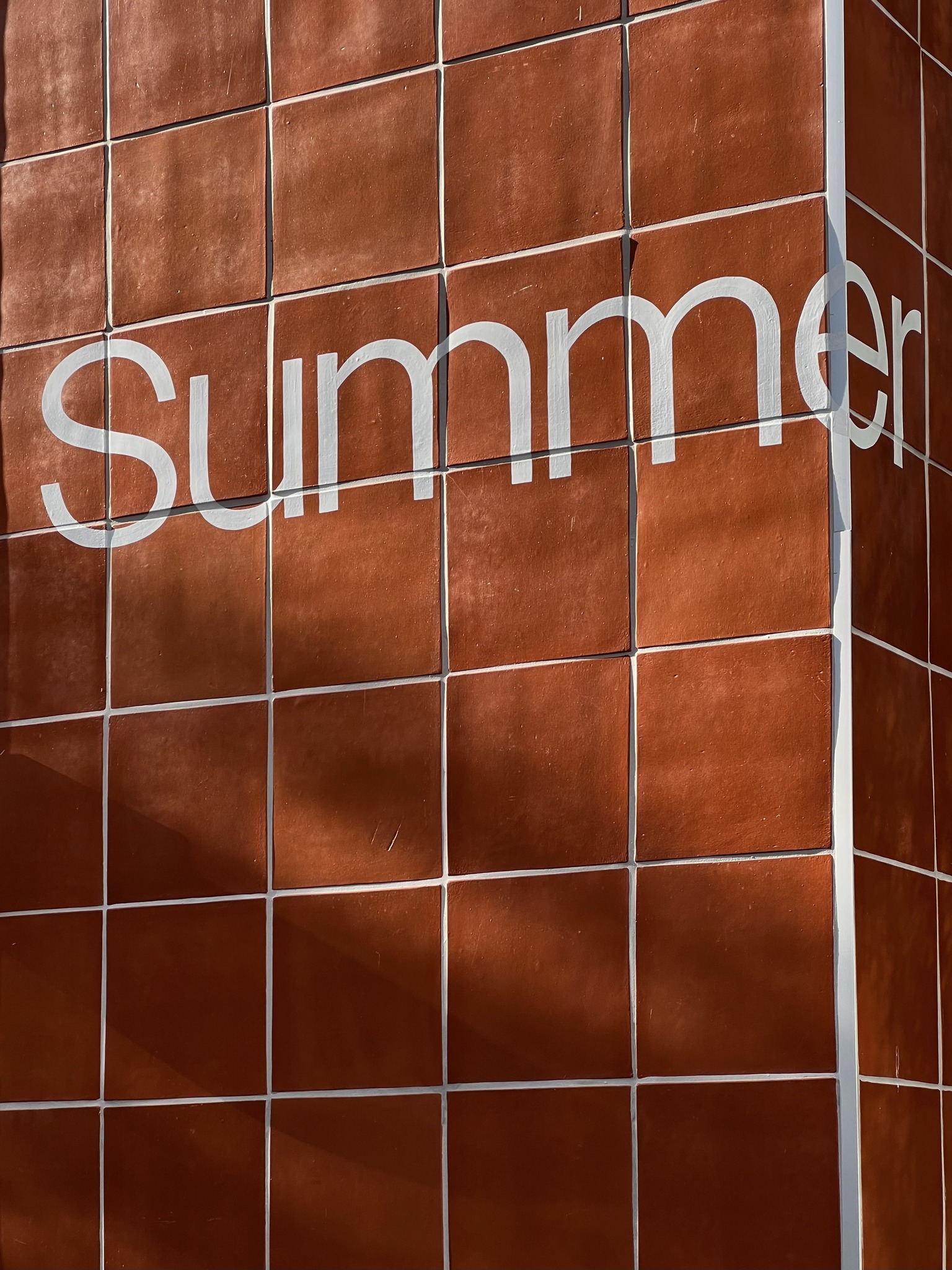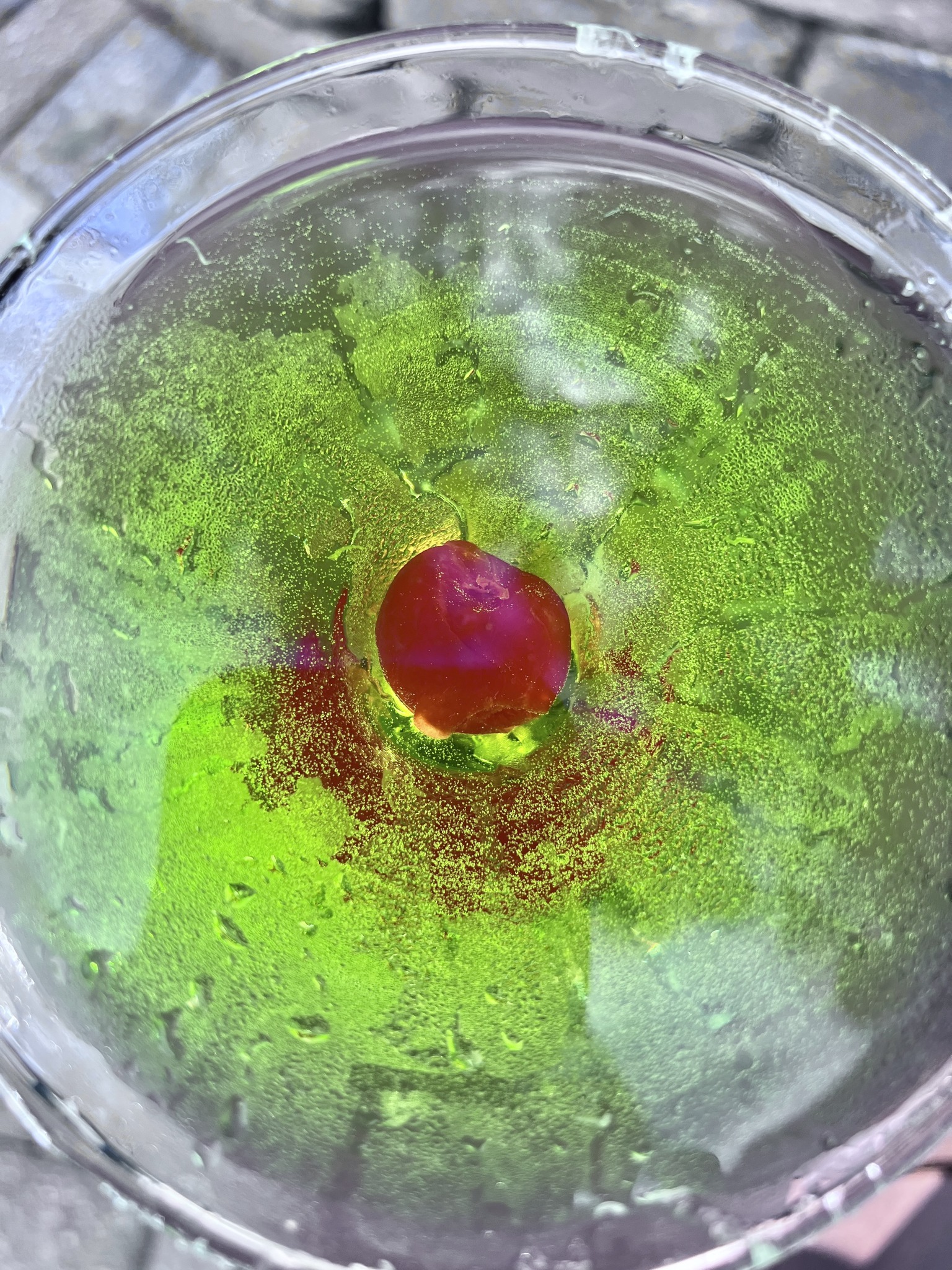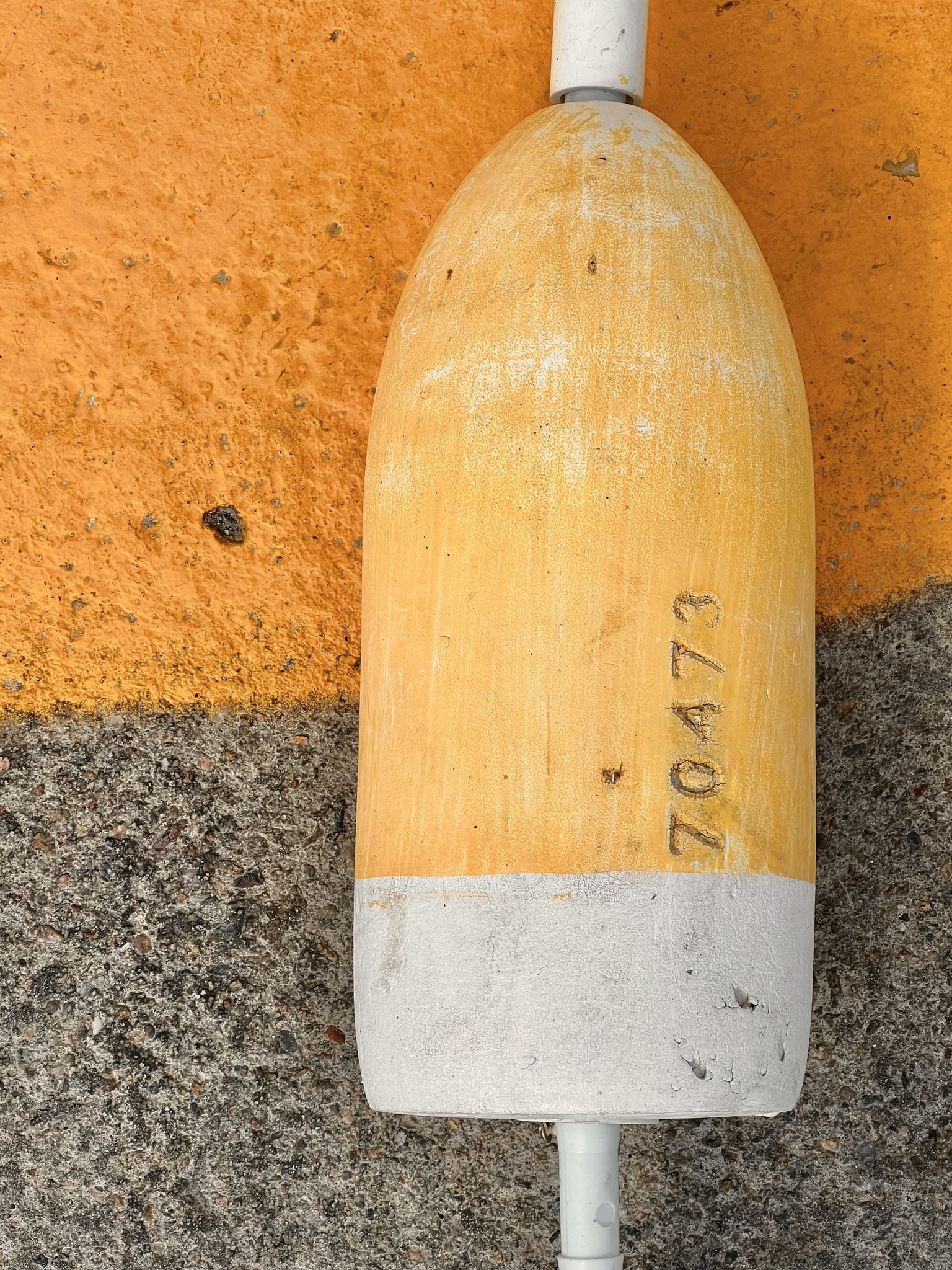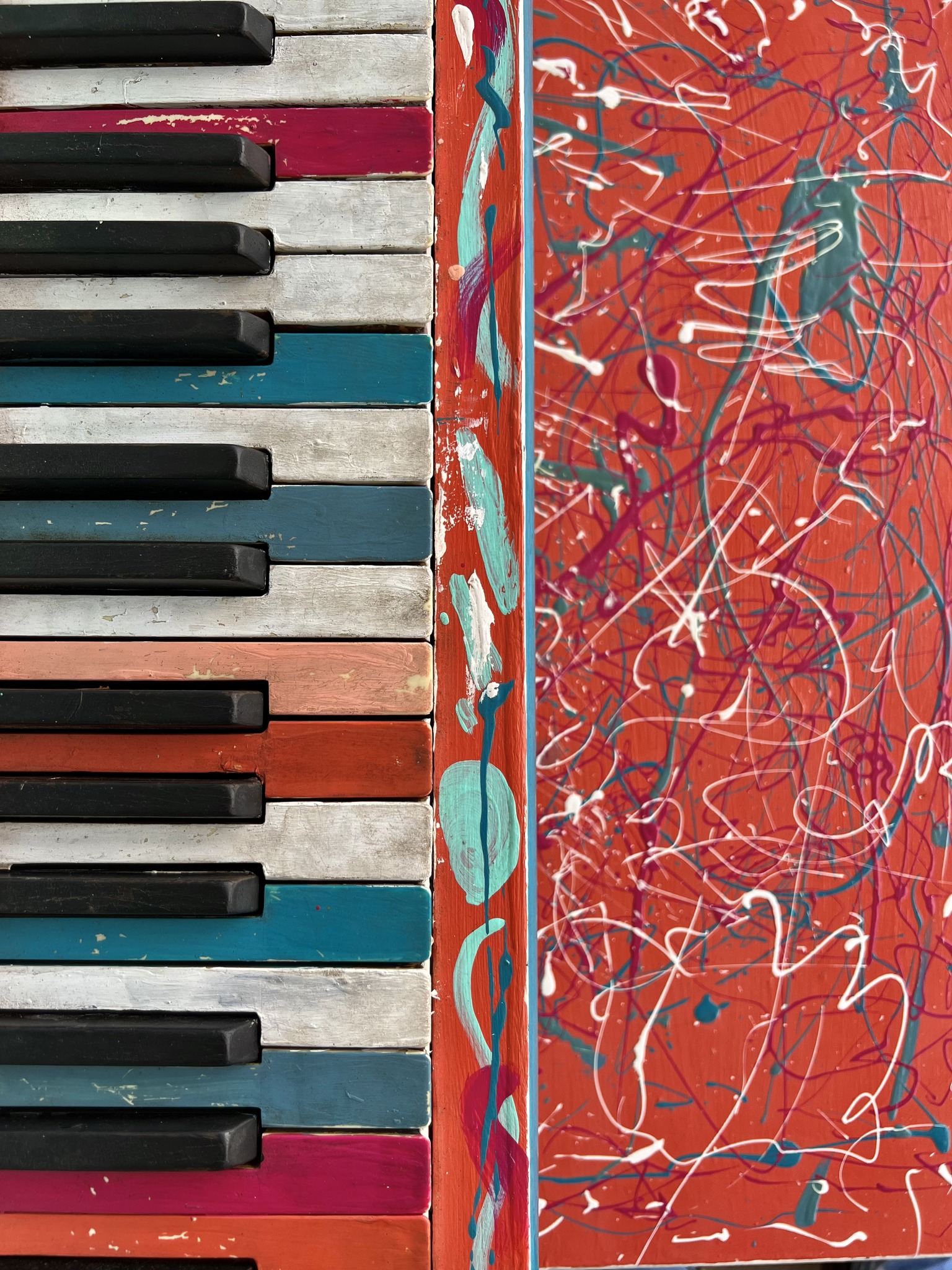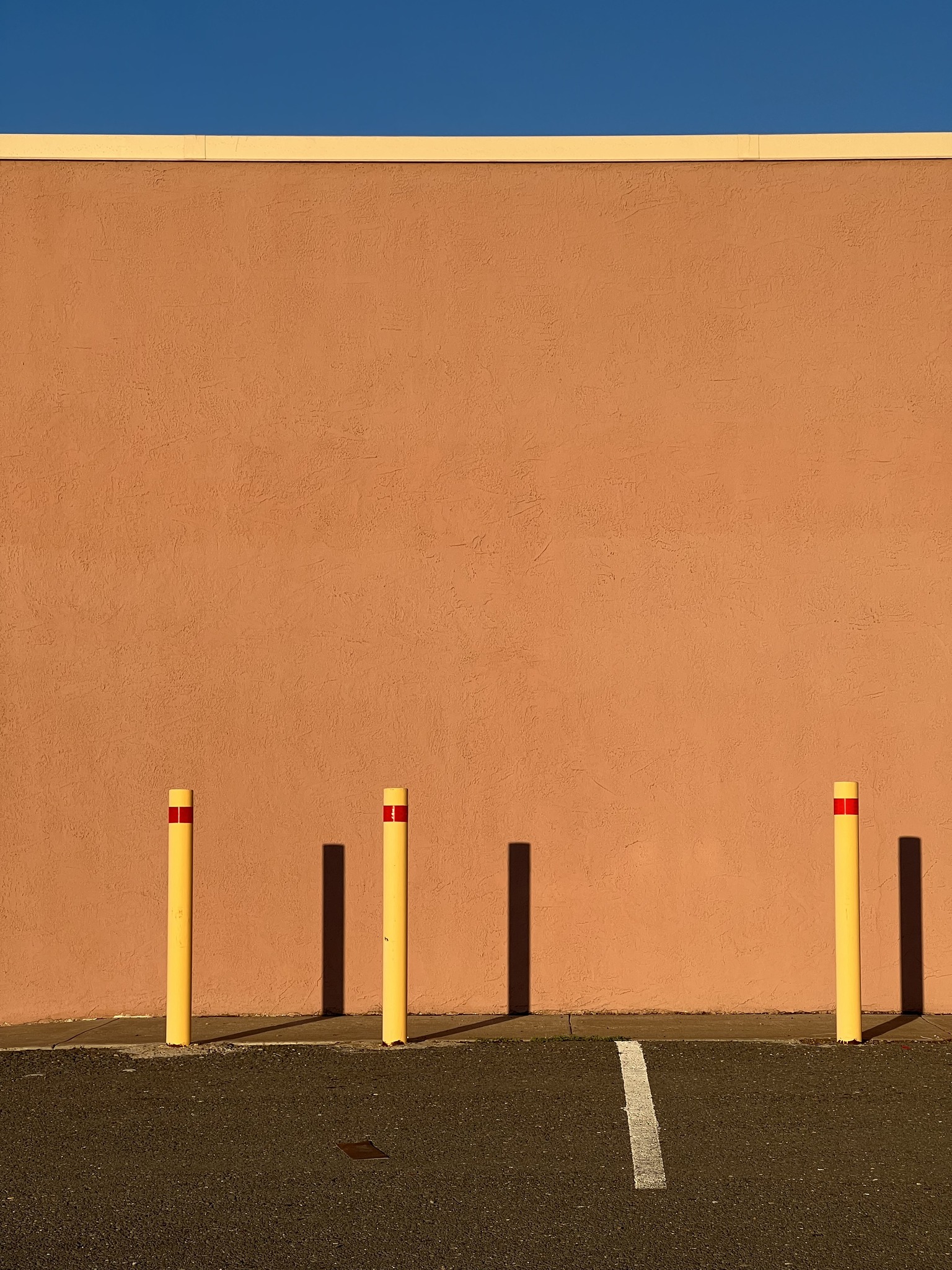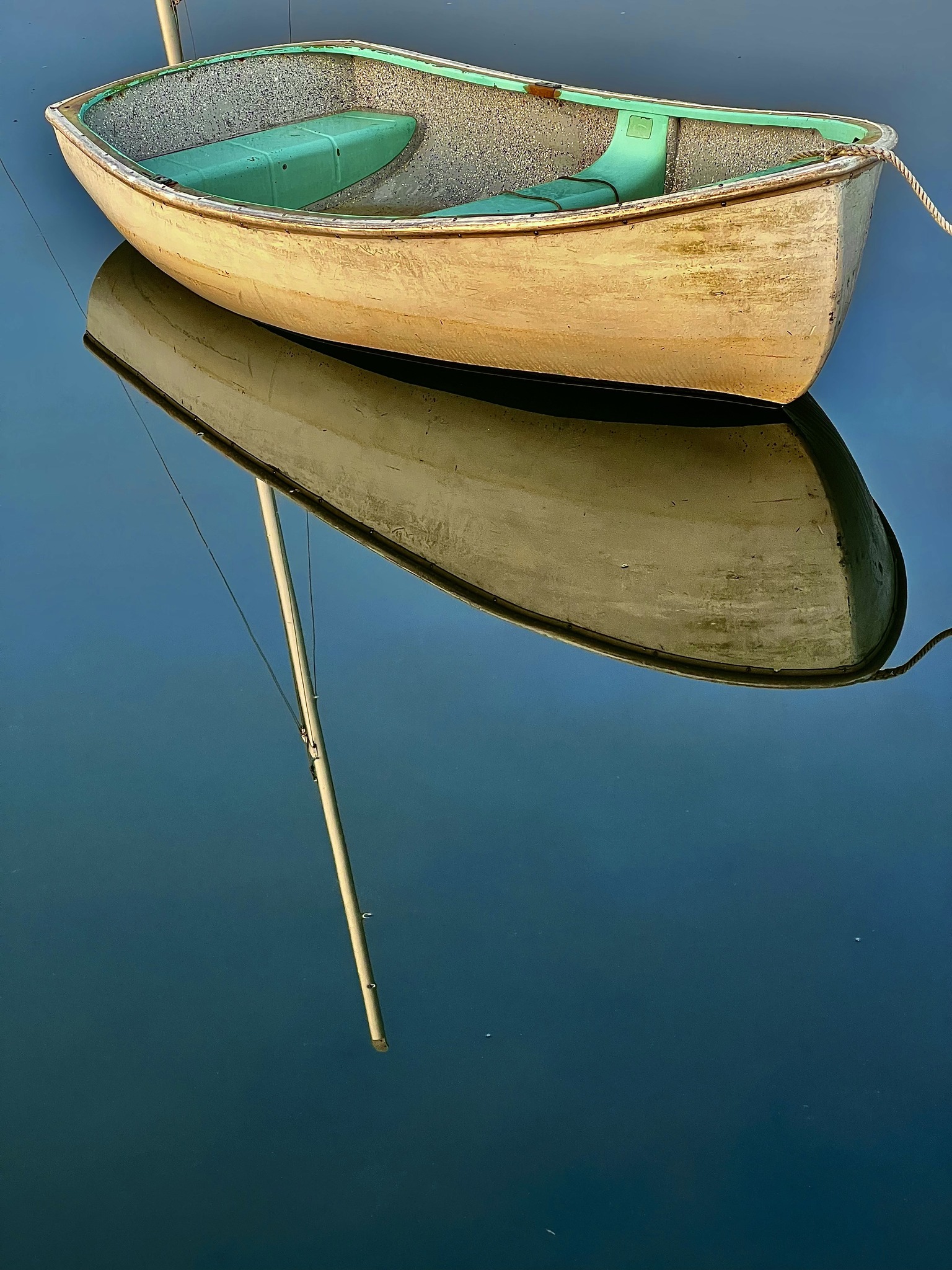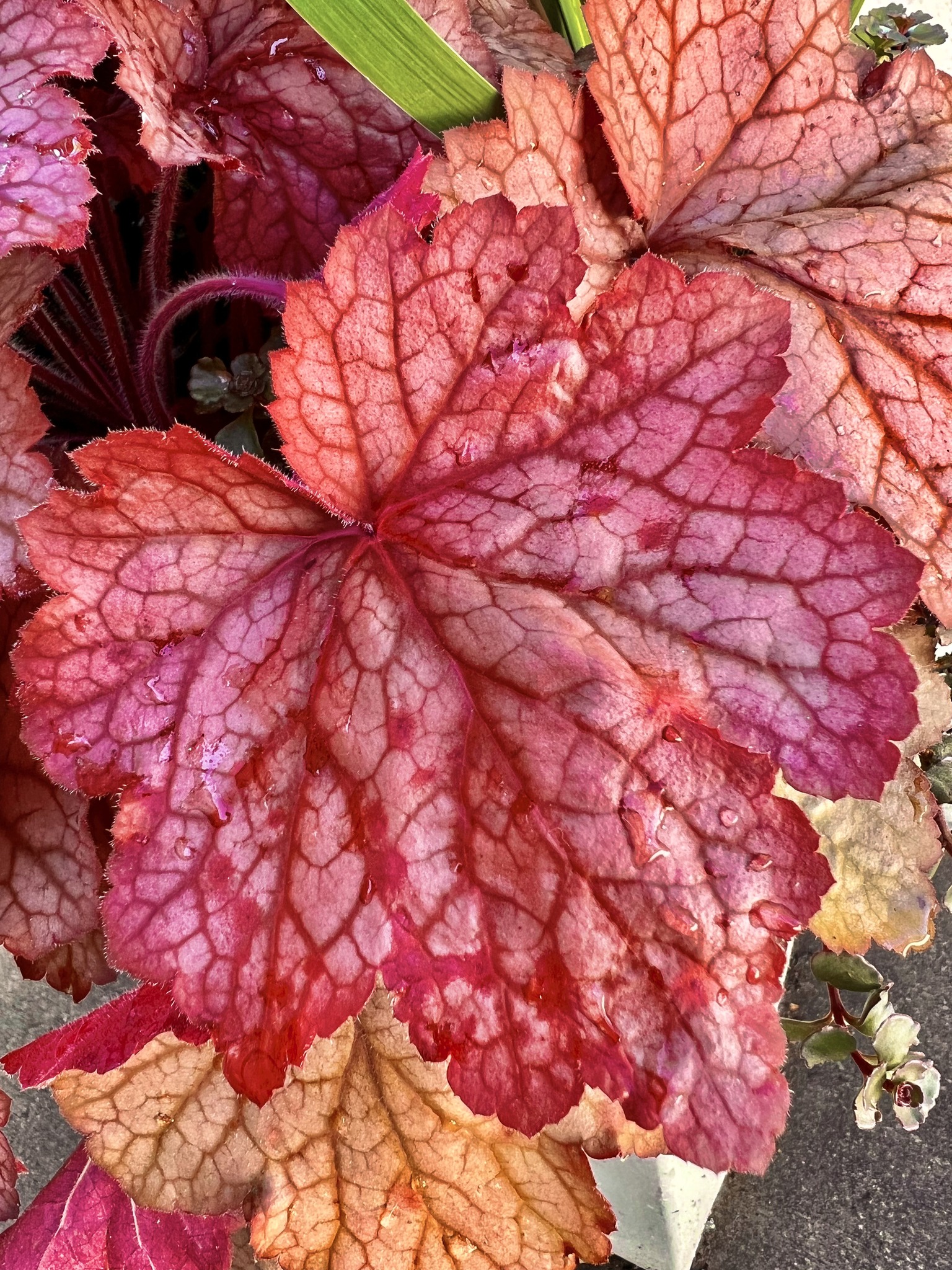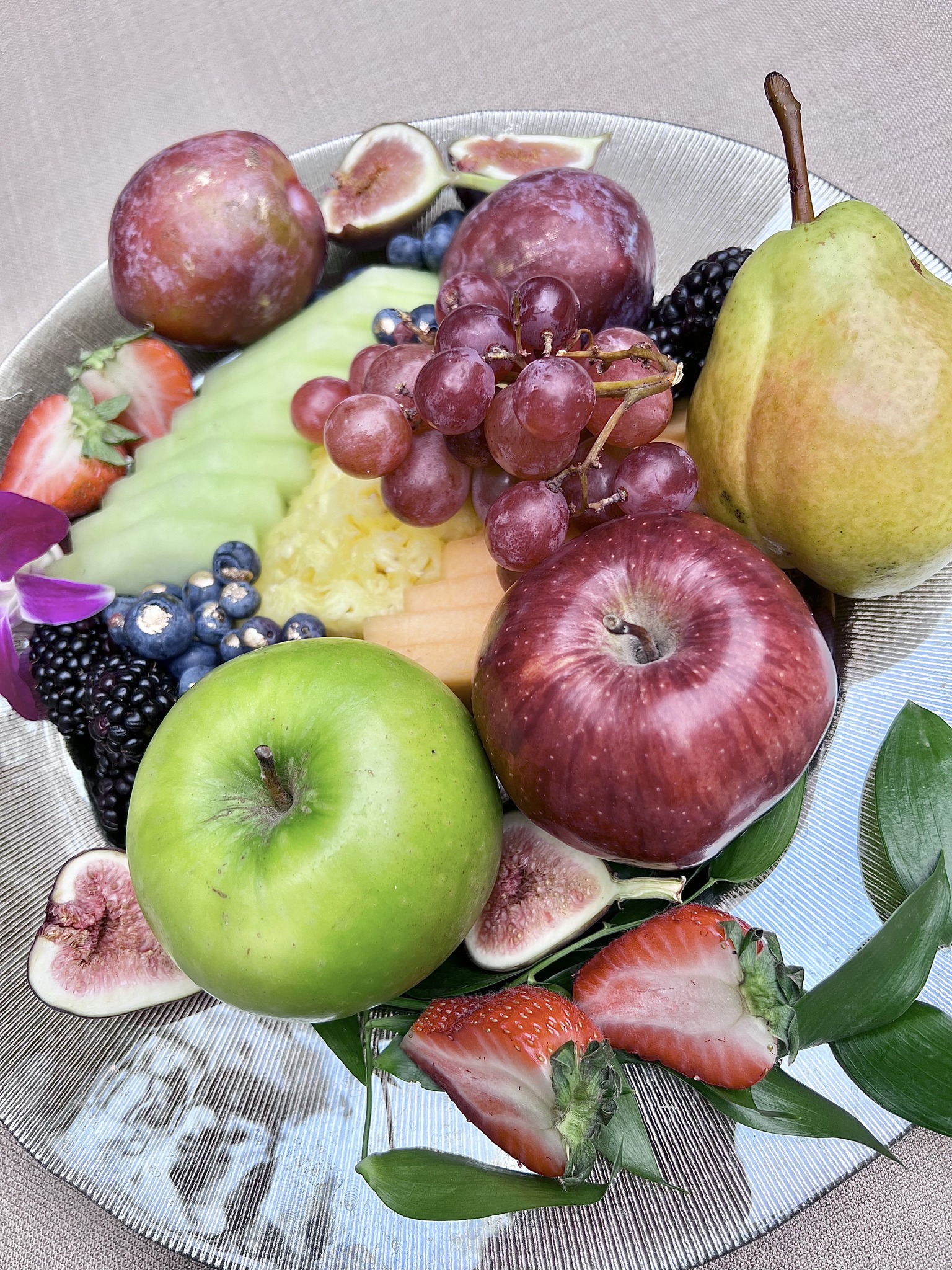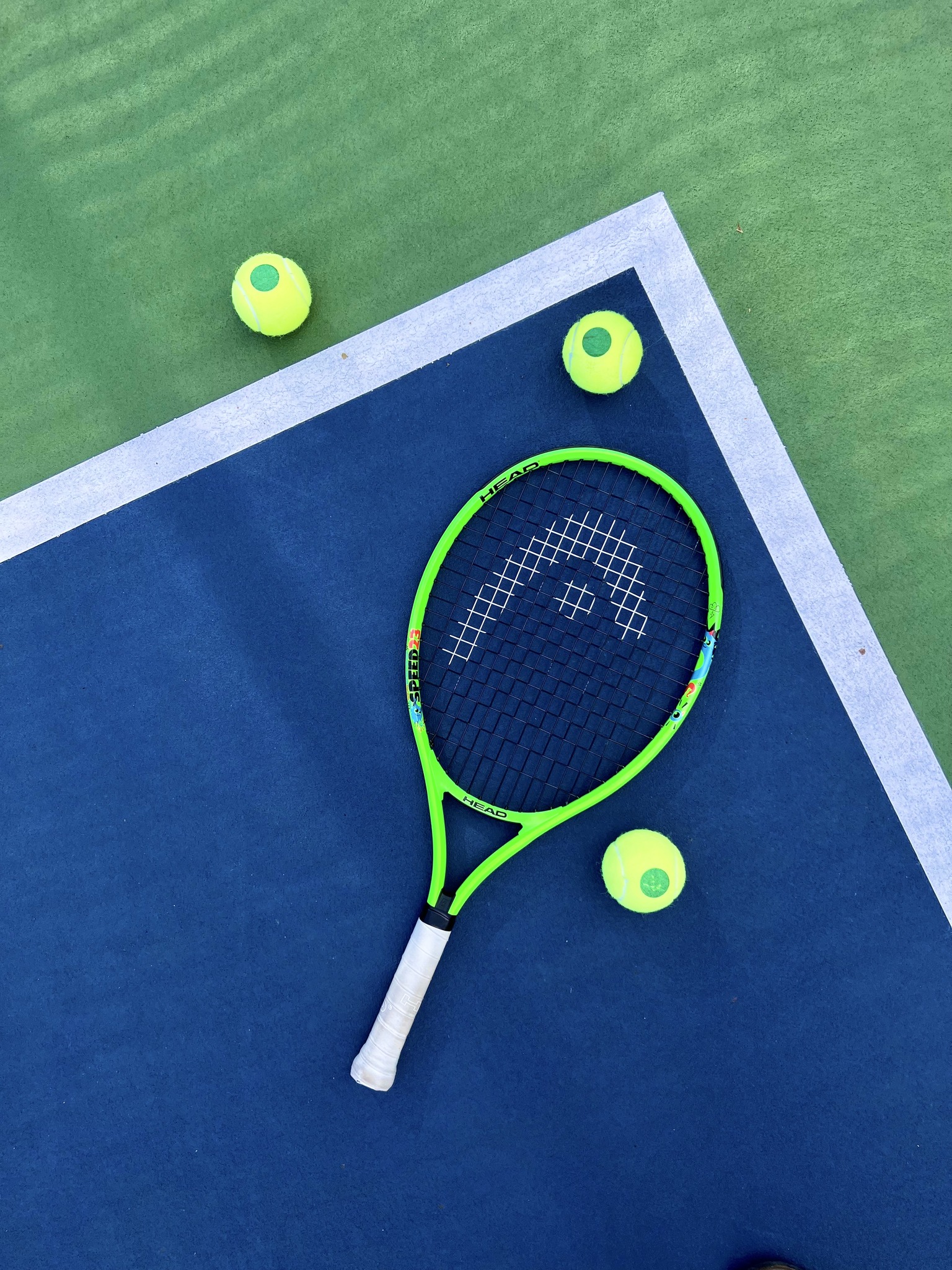Every few weeks, someone will ask me, “How do you teach someone to see?”
Usually, it comes from a place of genuine curiosity—often from someone holding an iPhone in their hand, trying to understand why their photos don’t look like what they felt in the moment. And every time I hear that question, I pause. Because honestly? I still struggle to answer it.
There’s no magic formula. No three-step process. No universal recipe to follow.
“Learning to see” is the most elusive, personal, and complex part of photography—and also the most essential.
I’ve been in the photography game for over four decades. I’ve taught thousands of people—young and old, beginners and experts—how to use their cameras. Especially now, with the iPhone, I can teach someone the technical and mechanical side of image-making throughout a long weekend. Exposure, focus, HDR, Live Photos, burst mode, editing apps—you name it. I can break it down, walk them through it, and build their confidence. But teaching someone to see? That’s a lifetime endeavor. And not just theirs—mine too.
The truth is: that you can’t really teach someone to see.
You can inspire them. You can guide them. You can encourage them to slow down and notice. You can point things out that they might miss. But ultimately, seeing is something that must be experienced—not explained. It must come from inside the photographer.
Photography is often treated like a skill, or a science, or a checklist. But seeing? Seeing is closer to a way of being. It’s rooted in curiosity. In presence. In vulnerability. It’s less about what’s in front of the camera, and more about what’s going on inside the person holding it.
We live in a world saturated with imagery. Billions of photos are taken every single day. Most of them are casual, instant, and disposable. Selfies. Screenshots. Snapshots of people’s backs as they look out at something “scenic.” And yet, every now and then, a photograph stops you in your tracks. Why? What makes that photo different?
It’s not the subject. It’s not even the camera. It’s the seeing behind the lens.
When you’ve learned to see—really see—you start noticing light. Color. Shape. Gesture. Timing. You begin to feel the emotional weight of moments as they unfold. And instead of just clicking the shutter, you respond to them.
That’s the difference. That’s what I try to encourage—not just better photos, but a better way of looking.
When I talk about “learning to see,” I don’t mean adopting a certain style. I’m not asking you to imitate someone else’s eye or aesthetic. I’m asking you to find your own way of seeing. Your own rhythm. Your own relationship to the world. Because that’s where your most honest, most resonant images will come from.
If I could offer advice to someone starting this journey, it would be this: Get quiet. Be patient. Follow your curiosity. Let yourself be astonished. Photography isn’t just a craft—it’s an awareness practice.
Put yourself in situations where seeing becomes possible. For me, that’s road-tripping, walking, wandering. I’ve built a career around chasing light with an iPhone in hand, but the most important part of my process has never been the gear—it’s the noticing. It’s what happens when I slow down enough to be moved by something ordinary. A shadow on a sidewalk. A roadside diner bathed in golden light. A child’s laugh caught mid-gesture. These are things you can’t fake. You either see them or you don’t.
And when you do? That’s when the photograph becomes more than a picture. It becomes a feeling.
I think we’ve conditioned people to think that great photography comes from technical perfection. But the secret is—if there is one—it comes from emotional presence. That’s why the best photographers aren’t always the most technical. They’re the ones who’ve trained themselves to feel something before they raise the camera.
So, back to the original question: “How do you teach someone to see?”
I don’t.
I walk beside them. I share what I notice. I make space for slowness, for wonder, for curiosity. I model what it looks like to live with your eyes open. And then I encourage them to do the same.
Because in the end, seeing isn’t taught—it’s remembered. It’s already inside you.
You just have to trust it.
Click.
Jack.
